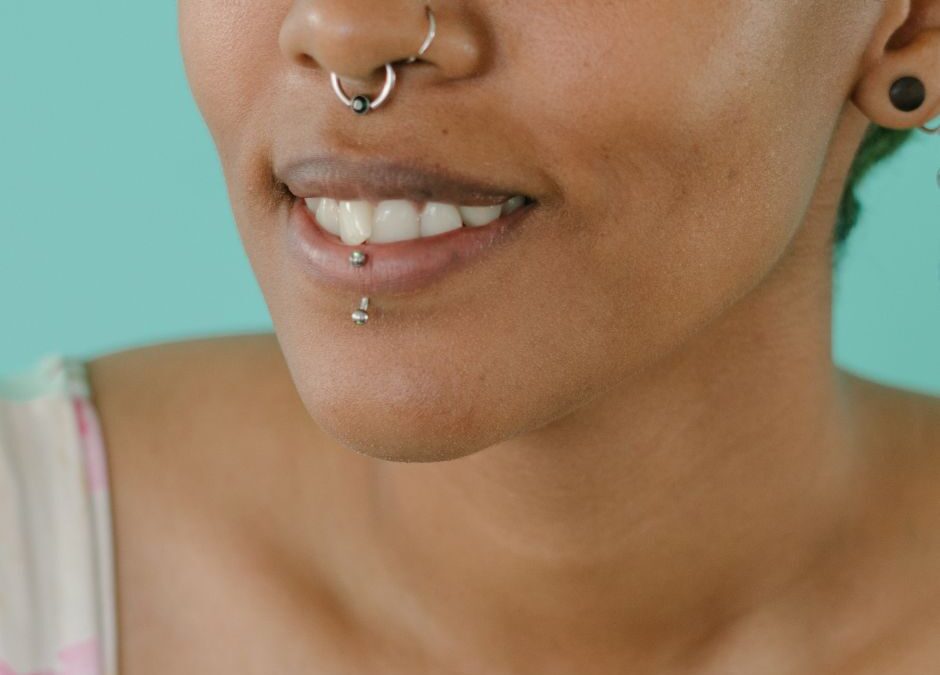What Is Piercing Rejection?
Piercing rejection happens when your body identifies the jewelry as a foreign object and begins to push it out through the skin. Instead of healing around the jewelry, the skin gradually thins, and the jewelry moves closer to the surface.
What Is Piercing Migration?

Migration occurs when the jewelry shifts from its original placement, but doesn’t necessarily get pushed out. It may settle in a different position, sometimes causing asymmetry or long-term scarring.
Common Areas Affected
- Navel
- Eyebrow
- Surface piercings
- Bridge of the nose
- Corset or dermal piercings
These locations are more prone to rejection due to skin movement and tension.
Signs of Rejection or Migration
- Jewelry appears to be moving or is closer to the surface
- Redness, itching, or tight skin around the piercing
- Thinning skin between the entry and exit holes
- The jewelry becomes more visible or hangs differently
- A sudden change in the angle of the jewelry
Why Does It Happen?
- Improper jewelry material (e.g., low-quality metal)
- Incorrect size or shape of jewelry
- Poor piercing technique
- Excessive friction or movement
- Immune system response
What to Do If You Notice Rejection or Migration
1. Don’t Ignore the Signs
If your jewelry is migrating or rejecting, it won’t resolve on its own. The sooner you act, the less likely you’ll be left with scarring.
2. Visit a Professional Piercer

Have the piercing assessed by a reputable piercer. They can:
- Confirm if rejection or migration is happening
- Remove the jewelry safely
- Offer advice on healing or re-piercing later
3. Remove Jewelry if Necessary
If rejection is confirmed, remove the jewelry to prevent tearing or permanent damage. Allow the area to heal fully before considering a re-pierce.
4. Let the Area Heal Naturally
Keep the area clean with saline solution. Avoid applying ointments unless recommended. Watch for signs of infection and avoid picking at the site.
Tips to Prevent Rejection in the Future
- Choose a professional piercer with excellent reviews
- Use implant-grade materials (e.g., titanium, surgical steel, niobium)
- Avoid surface piercings if your body tends to reject them
- Wear jewelry with the proper size and shape
- Follow strict aftercare guidelines
Conclusion
Piercing rejection and migration can be frustrating and disappointing, but they don’t have to end your piercing journey. Knowing the signs, taking quick action, and choosing the right materials and professional care can help you recover safely and plan better for the future.




